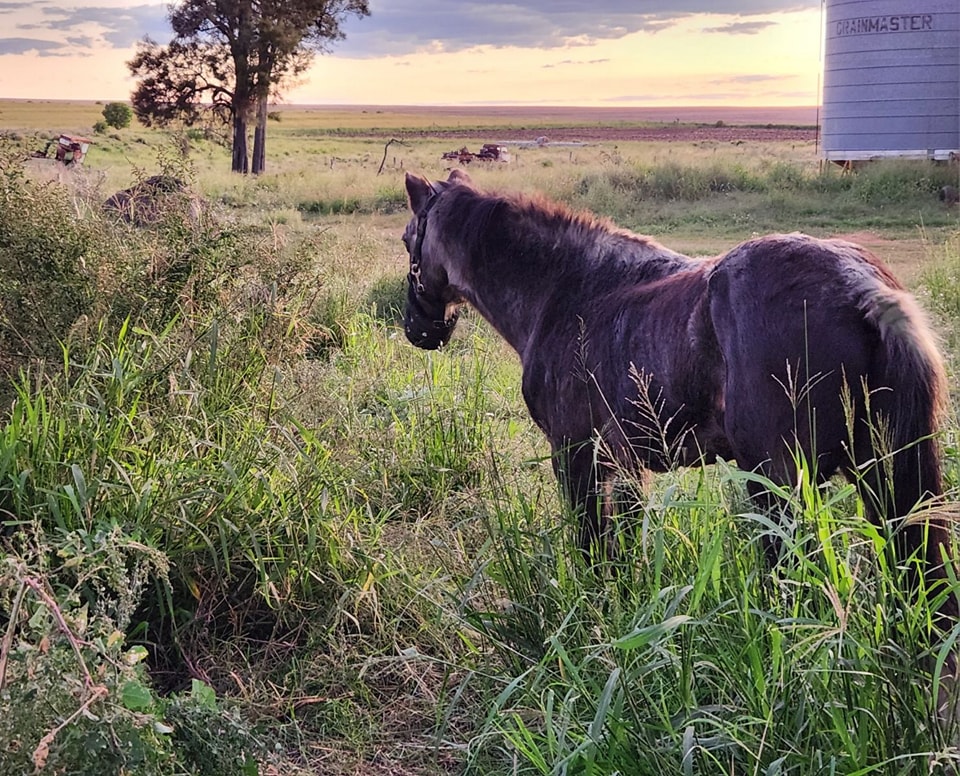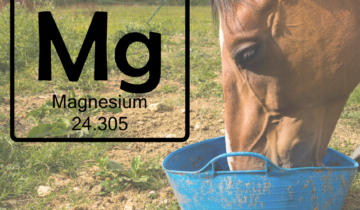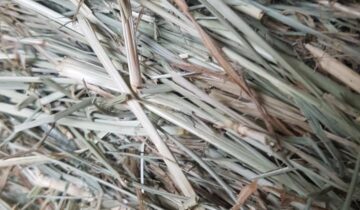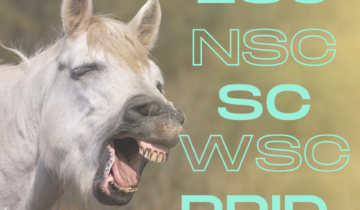At some point in our equine journeys, we may come across horses that are affected by PPID (Pituitary Pars Intermedia Dysfunction) aka Cushings, and EMS (Equine Metabolic Syndrome), also referred to as Insulin Resistance. These conditions can be challenging for both horses and their owners, but with the right equine nutrition support, knowledge, early detection, and proper management, we can significantly improve the quality of life for affected horses.
As an equine nutritionist and advocate for owner education, I can’t stress enough how important it is for horse owners to learn the signs and symptoms of PPID and EMS. This knowledge equips us with the tools needed to take proactive steps before these conditions lead to more severe health problems, such as laminitis. Let’s dive into the key aspects of these conditions, the importance of early testing, and how you can implement a wellness protocol to keep your horse thriving.
1. Understanding PPID (Cushings) and EMS (Insulin Resistance):
Both PPID and EMS are conditions that affect horses, often over the age of 15 or those with specific breed predispositions, like ponies. While they are separate conditions, they can often manifest in similar ways, leading to confusion among owners.
PPID (Cushings) occurs when the pituitary gland produces excess hormones, leading to an overproduction of cortisol. Horses with PPID may experience a range of symptoms including:
- Eye problems (e.g., corneal ulcers or cataracts)
- Loss of topline muscle
- Poor coat quality, slow to shed out, and excessive sweating
- Hoof issues and poor hoof quality
- Increased thirst and urination
EMS (Insulin Resistance) occurs when the horse’s body doesn’t respond properly to insulin, leading to fat deposits, a cresty neck, and sometimes uneven hoof rings. EMS is often associated with horses that have high body fat levels or excessive sugar in their diet. With proper equine nutrition support, hay and pasture analysis you can remove excessive sugar from the diet!
2. The Importance of Owner Education:
The first step in managing PPID and EMS is education. As owners, it’s essential to recognise the early signs of these conditions. Often, the symptoms appear gradually, and by the time they are noticeable, horses may already be struggling. For example, a horse might experience a common visual problem, like coat problems, without owners realising that these could be linked to PPID.
If your horse is over the age of 15 or showing signs that something isn’t quite right—despite your excellent management—it might be time to have a conversation with your vet. In many cases, blood tests can help rule in or rule out PPID and EMS early, so you can develop a management plan before things escalate. In conjunction with your vet, consider seeking equine nutrition support to ensure you are feeding a balanced diet, suitable for your horse, it’s metabolic state and activity levels.
3. Testing for PPID and EMS:
When it comes to diagnosing PPID and EMS, blood tests are the gold standard. The ECIR Group (Equine Cushings and Insulin Resistance) recommends a combination of tests to help determine if your horse has one or both conditions. The following bloodwork can be done by your vet:
- Insulin: Measures the level of insulin in the blood to assess insulin resistance.
- Glucose: Helps evaluate your horse’s ability to regulate blood sugar levels.
- ACTH (non-fasting): Measures the levels of adrenocorticotropic hormone, which is elevated in PPID (Cushings).
These simple tests provide crucial insights into your horse’s health, allowing you to take the necessary steps to manage the conditions effectively.
4. Implementing a Wellness Protocol:
Horses over the age of 15, or pony breeds with signs of EMS (such as fat deposits, a cresty neck, and uneven hoof rings), should undergo regular testing for PPID and EMS. By doing so, you can catch these conditions early, before they lead to more serious issues, like laminitis.
Having a wellness protocol in place is essential. This might include:
- Regular veterinary check-ups and blood testing.
- A balanced diet designed to manage insulin resistance, including low-sugar feeds and appropriate supplements (consider Wandilla Mineral Mix in conjunction with a nutritional analysis and feed testing)
- An exercise plan that helps maintain a healthy weight and supports overall health.
By catching these conditions early and staying proactive, you can reduce the likelihood of severe symptoms, such as laminitis or founder, from manifesting.
5. Knowledge is Empowering:
At the heart of all these efforts lies one key factor: education. The more we understand these conditions, the better equipped we are to manage them and provide the best care for our horses.
When we don’t have a solid understanding of PPID and EMS, we are often faced with the stress of trying to manage a crisis, such as a laminitis flare-up, without the tools or knowledge to handle it. But with education, we can foresee potential problems and take action to prevent them before they become life-threatening.
The Facebook ECIR Group is an excellent resource for anyone wanting to learn more about PPID, EMS, and laminitis. I highly encourage all horse owners, especially those with older horses or at-risk breeds, to dive into their research. Their wealth of knowledge has helped countless owners and professionals better understand these conditions and how to manage them effectively.
Having a horse with PPID or EMS can be overwhelming. But, by staying educated, regularly testing your horse, and implementing a wellness protocol, you can reduce stress and ensure that your horse has the best chance for a healthy, happy life. Remember, knowledge is power, and the more you know, the easier it will be to manage these conditions and prevent catastrophic events like laminitis from occurring.
I encourage all horse owners to take the time to learn about these conditions and implement the necessary steps to care for horses affected by them. The earlier you act, the easier it will be to maintain your horse’s health and well-being. Knowledge not only empowers you, but it can also make your life as a horse owner much less stressful and far more rewarding.




 No products in the cart.
No products in the cart.